We all want the best for our furry friends, showering them with affection and treats, but are we unknowingly doing more harm than good? From seemingly harmless table scraps to playtime habits that we think are cute, hidden dangers lurk in our everyday interactions.
Brace yourselves, dog lovers, because this list might contain shocking truths about what we should never allow pups to do. Buckle up for a journey to re-evaluate dog training regimes and discover the surprising activities that could put them at risk. Don't let good intentions lead to unintended consequences. Dive into this listicle and unlock the secrets to keeping dogs happy and healthy!
Too Many Treats
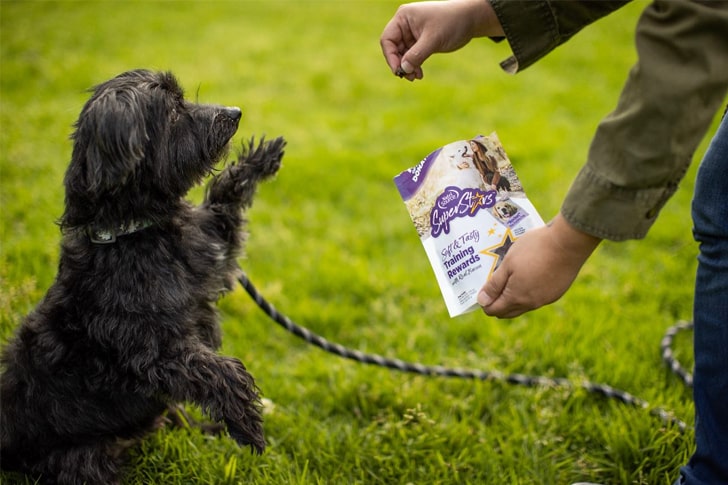
Overfeeding a dog is like giving them a ticket to an all-you-can-eat buffet every day: tempting but troublesome. This culinary overindulgence leads to obesity, a not-so-fun fact since over half of dogs in the United States tip the scales, reaching about 54%, according to the Association for Pet Obesity Prevention (APOP).
Extra pounds also strains their joints and opens the door to health issues like diabetes, heart disease, and a shorter lifespan. So, it might be helpful to remember that dogs don't need a feast to feel loved; a balanced diet and regular exercise are enough to keep them wagging healthily.
Next: Playful pup meets a playful kid.
Jumping Over Kids
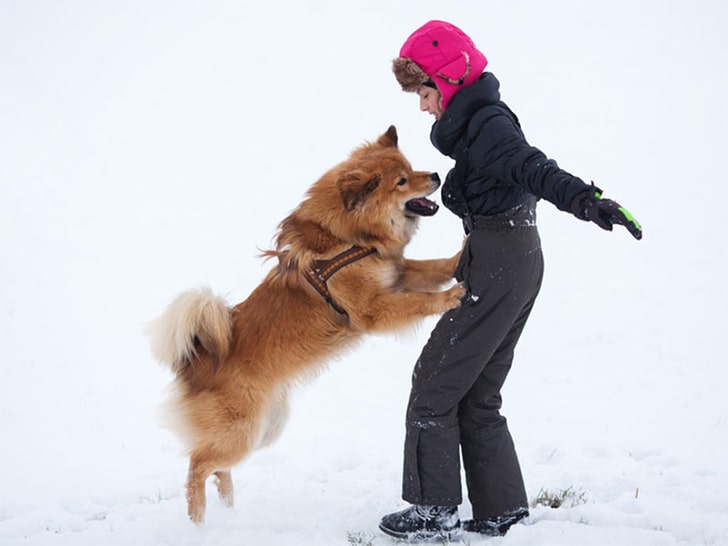
Research shows that pets significantly influence child development, especially their social skills and emotional well-being. So, while that may be true, although we see cute interactions between them, some kids get over the board. One example is kids leaping over dogs, which is a recipe for risk, not fun.
Even the most patient pooch has limits, and this act can be startling or threatening, pushing them to a defensive reaction. Dogs interpret actions differently; what's play to a child might be perceived as a threat by a dog. Teaching children to respect space and body is an essential step, then.
Next: Exercise is good, right?
Too Much Exercise
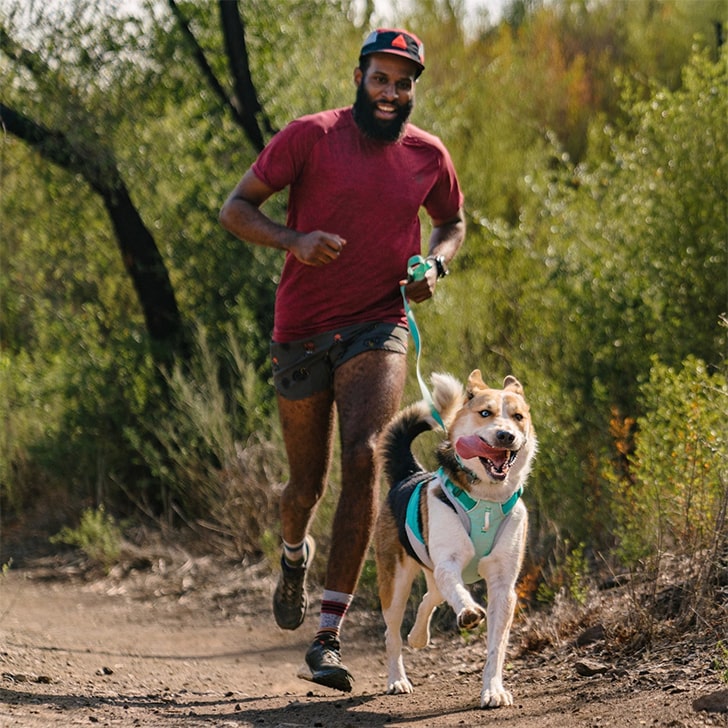
While keeping active is vital, too much physical exertion can lead to injuries, heatstroke, and joint wear, especially in breeds prone to hip dysplasia. It is pretty much the same thing as humans overdoing it at the gym, causing more pain than gain.
Like us, dogs need a balanced exercise regime tailored to their age, breed, and health. Overexertion can be particularly risky for those with thick fur, as they overheat faster. Take note that dogs often don't know their own limits and rely on owners to set a healthy pace. Regular, moderate exercise keeps them fit without tipping the scale towards exhaustion or harm.
Next: How to read their emotions.
Minimizing Their Inner World
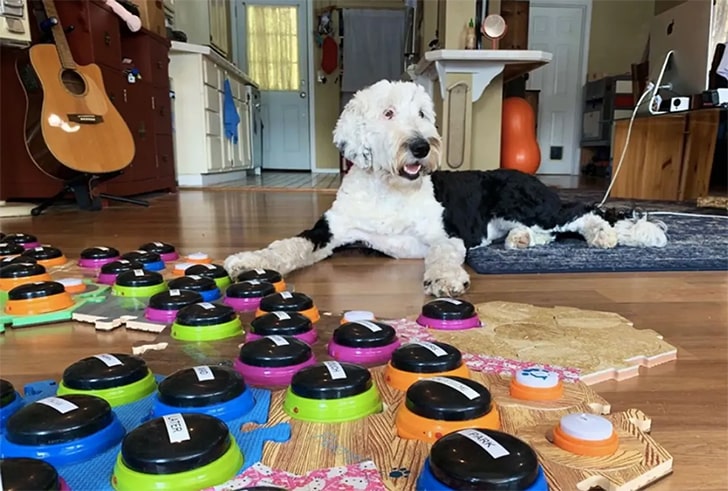
Underestimating a dog's emotions is like ignoring the subtitles in a foreign film: you miss the real story. Did you know that dogs are able to experience a spectrum of feelings, from joy to sadness and even jealousy? Also, they sense and read these emotions in their favorite humans, as Androscoggin Animal Hospital reported after a study.
Ignoring their emotional cues can lead to stress, anxiety, and behavioral issues in our furry friends. Their emotional intelligence extends to even recognizing human facial expressions! All of these strengthen our bond with them, and acknowledging their feelings fosters a positive, empathetic relationship.
Next: Dressing up becomes a hazard.
Overdressing Them

Dressing dogs like they’re about to be runway models might be Instagram-worthy, but it's not always in their best interest. Overdressing can lead to overheating, as dogs primarily cool off through panting and a bit through their paws, not sweating like humans. This sartorial excess can also hinder their movement and natural behaviors, causing discomfort or anxiety.
Plus, dogs use body language to communicate, and outfits can mask these important cues. While a little sweater for chilly days is fine, remember that a dog's best accessory is their own fur coat, perfectly designed for comfort and function by nature itself.
Next: Can cats and dogs really get close?
Bonding Dogs and Cats Unsupervised
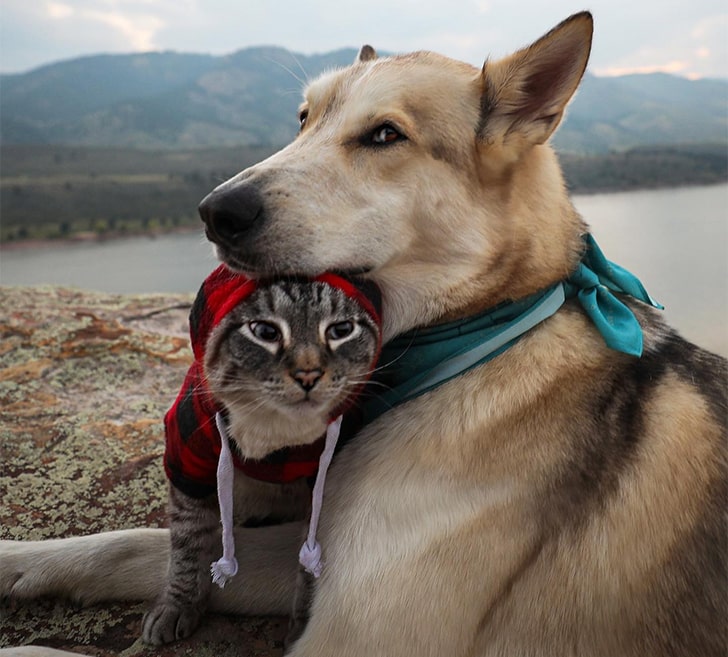
Despite popular belief, not all dogs and cats naturally get along. Dogs often have a higher prey drive and may see the cat as a target, leading to potential harm. On the other hand, cats may be stressed or intimidated by a dog's presence, even if the dog is friendly.
However, a study from Fear Free Happy Homes claimed that their relationship is more likely to be good when the cat is young when first introduced to the dog. Still, things can get messy without supervision. Introducing these two pets slowly and under careful watch allows you to gauge their interaction and intervene if necessary.
Next: These treats are not made for pups.
Treats Containing Xylitol
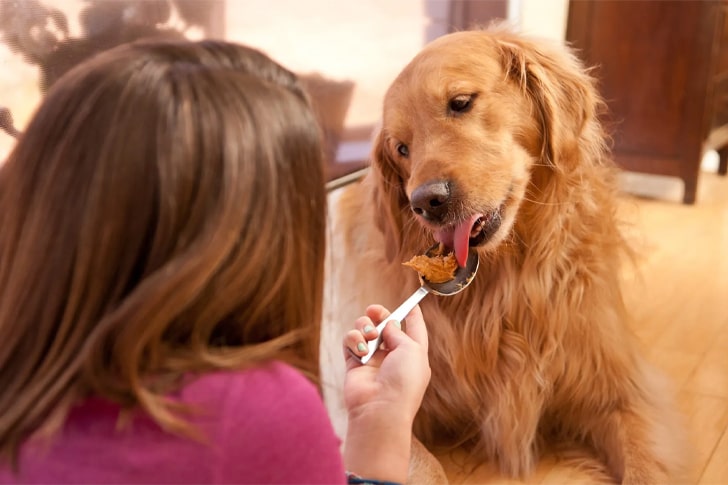
Beneath the sweetness of chewing gum, candy, and toothpaste hides a hazardous ingredient for our furry friends: xylitol. While harmless to humans, xylitol sends a dog's body into a sweet frenzy, triggering a surge in insulin production. This, in turn, can lead to a catastrophic chain reaction, causing liver damage or even death.
Xylitol is a sugar substitute that's been used for over a century, but it was only in recent years that its toxic effects on dogs were discovered. Keep it out of their reach, and you'll ensure their tails keep wagging, free from the dangers of this sweet, silent killer.
Next: How to pat without triggering aggression.
Petting Them From Above
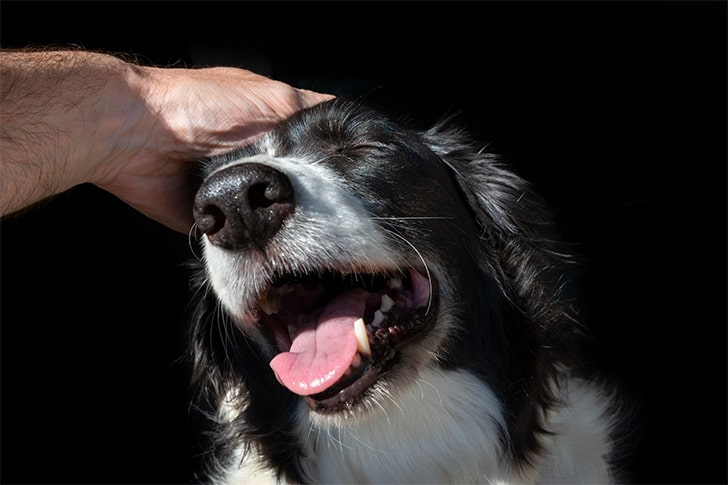
Reaching to pet a dog from above can seem friendly to us, but it's often a no-go for them. This approach mimics a predator's movement, potentially triggering anxiety or defensive reactions. Highland Canine also confirmed this claim, proving that petting the top of their head, ears, and legs irritates them.
Dogs prefer to see and sniff an approaching hand, so petting from the front or side is more comforting. It respects their space and lets them initiate contact. Body language is also a thing for dogs, and towering over them can be intimidating. So, next time, offer a hand at their level and let them come.
Next: Do dogs like routine?
Following The Usual Routine
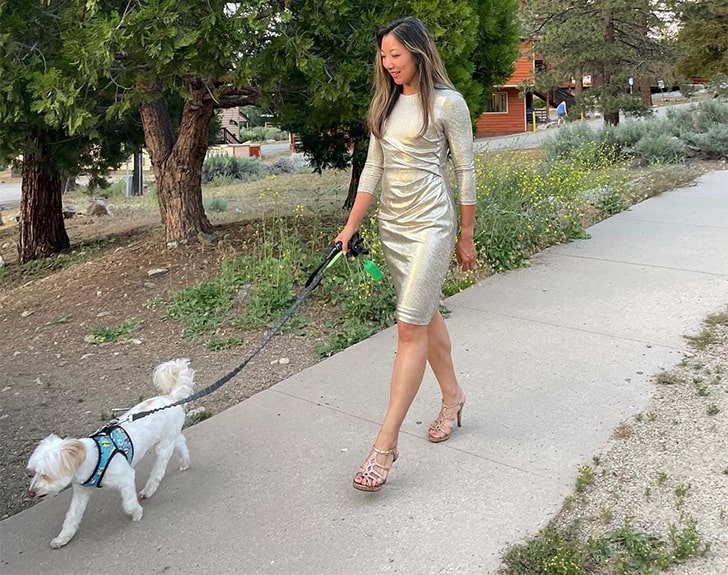
Taking your dog on the same walk every day is like eating the same meal over and over: bland and uninspiring. Dogs have an innate love for exploration; varying their walking routes provides mental stimulation and keeps their adventurous spirit alive. Each new path offers fresh smells, sights, and sounds that enrich their sensory world.
While dogs seem to be okay while following a certain routine, getting a variety of walking exercises is crucial for their mental health, as reported by Pet MD. This challenge of exploring and facing a new environment also helps in preventing boredom that leads to behavioral problems.
Next: Do we share our food with them?
Feeding Them Human Food
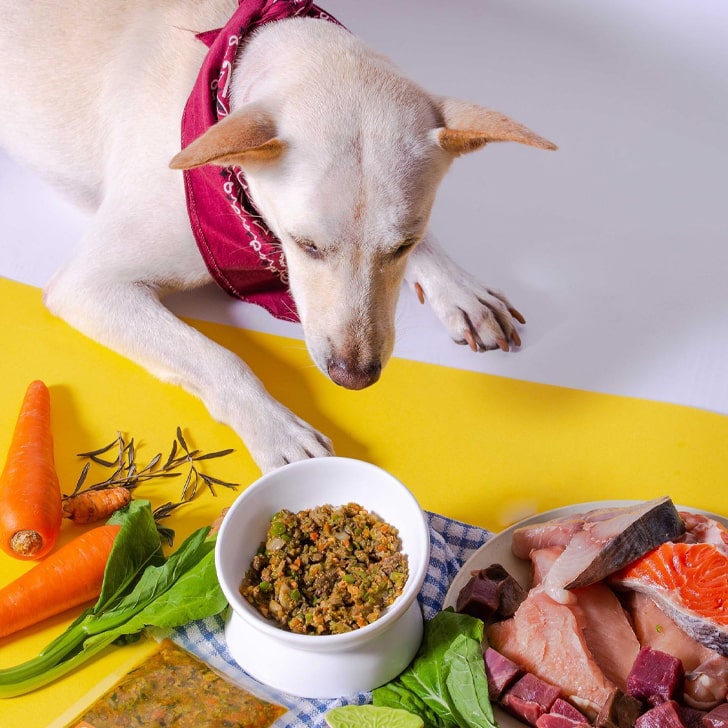
We get it; those puppy eyes are hard to resist. Yet, it is essential to note that many human foods might actually be really harmful to our furry friends. Foods we serve on our table, like onions, chocolate, and grapes, are toxic to them. Feeding them leftovers is also one cause of obesity, leading to digestive issues like pancreatitis.
Additionally, this habit encourages begging and food aggression. Some acceptable human foods we may give include cheese, yogurt, salmon, and eggs! Still, sticking to dog-specific diets is crucial, ensuring they get the right nutrients without the risks hidden in human meals.
Next: What to put in their mouth when running.
Running With Sticks In Their Mouth
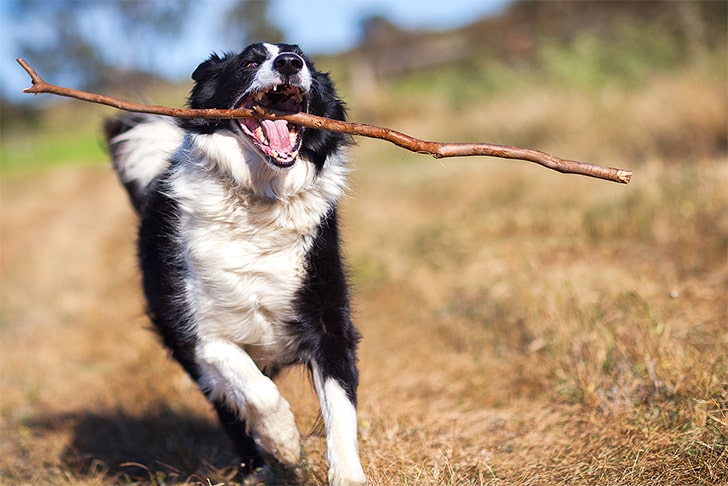
Running with a stick in their mouth might seem like an innocent, playful act for dogs, but it's a practice with its hidden dangers. This common play habit can lead to severe injuries, as there's a danger of the stick jabbing into the throat or mouth, causing painful punctures or even impalement.
Even chewing on hard sticks hazards their dental area and causes broken teeth. Tier 1 Veterinary Medical Center suggested some alternatives for such cases, like having them play with a softball instead. Opting for safer, dog-friendly toys prevents these hazards, ensuring playtime remains fun and safe.
Next: Thin leashes can get sneaky.
Walking in Tangles
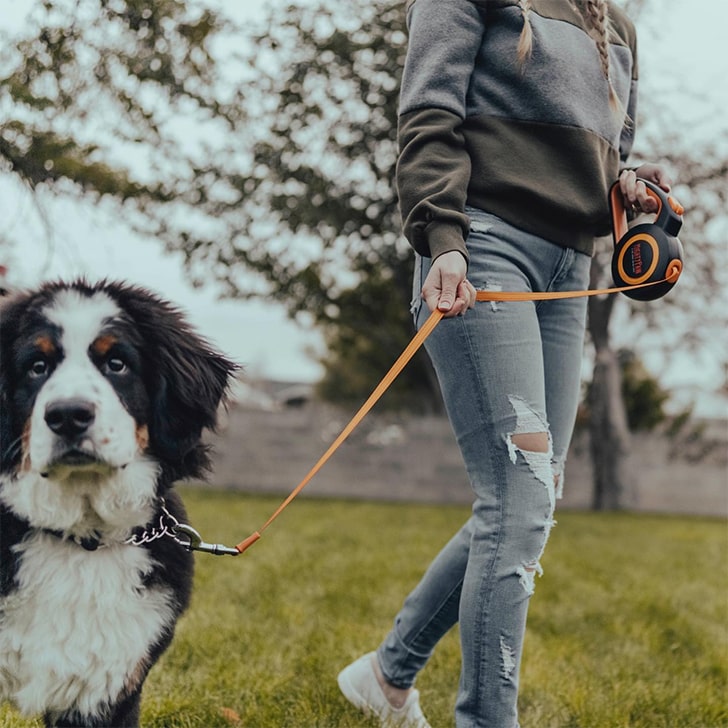
Imagine this: you're out for a stroll with your pup on a retractable leash, feeling like you've aced Dog Parenting 101. But wait! That leash, a seeming symbol of freedom, is actually a sneaky snare full of plot twists. The thin, sneaky cord of the leash is a recipe for surprise burns or cuts, like an unwelcome magic trick.
The thin cords themselves also pose a hazard when they wind and tighten around. So, for a tail-wagging good time without the drama, studies suggest opting for long leashes, especially when walking them outside; it's like the trusty sidekick in every doggy adventure.
Next: Ever heard of dog-walking etiquette?
Pulling Problem with Pooches
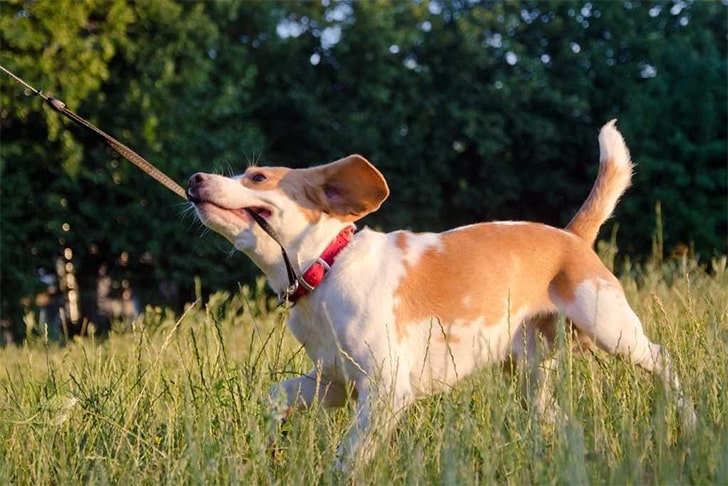
Letting a dog transform walks into a tug-of-war is a no-go! When they pull, it's not just an unruly parade; it's a strain on both of you. This leash tussle can lead to neck injuries for the dog and arm, or even shoulder pain for the owner.
The Wildest summarized the options for us. If they pull, it's either we stop them immediately or don't move until they let up, as the slack in the leash may harm both parties. Training a dog for a calm, no-pull walk isn't just about good manners; it's about safety and enjoying stress-free strolls.
Next: Stepping into a culinary minefield.
Feeding Them Unfamiliar Flavorants Like Onions
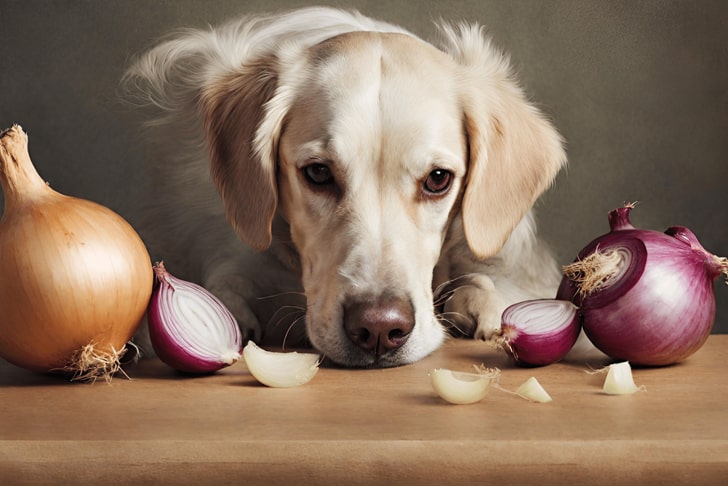
Offering onions and garlic to dogs is akin to stepping into a culinary minefield: it's fraught with hidden dangers. These kitchen favorites, while healthy for humans, are toxic villains in the canine world. They contain compounds that wreak havoc on a dog's red blood cells, leading to anemia.
Symptoms can range from lethargy to difficulty breathing, and in severe cases, it can be life-threatening. Both in raw and cooked forms, onions and garlic are harmful, and their effects can accumulate over time. Ensuring these foods are off the menu for a dog is a crucial step in safeguarding their health.
Next: Keeping those pearls sparkling.
Not Brushing Regularly
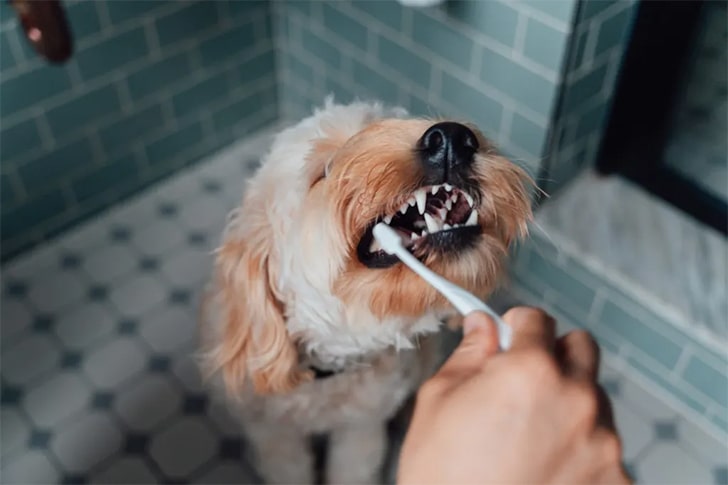
Ignoring a dog's dental hygiene is like letting a toddler run wild with a chocolate bar: messy and full of consequences. Without regular brushing, our pup's mouth becomes a playground for plaque and tartar, leading to nasty breath, gum disease, and tooth loss. However, it's not just about a winning smile; poor dental health sneakily impacts their heart and kidneys, too.
Some tips provided by the American Kennel Club include using delicious toothpaste, utilizing dental chews, spritzing dental spray, and gnawing on chew toys. Remember, a healthy mouth means a happier, tail-wagging furball ready for all the attention and close-up cuddles.
Next: Smoking around pups?
Inhaling Secondhand Smoke
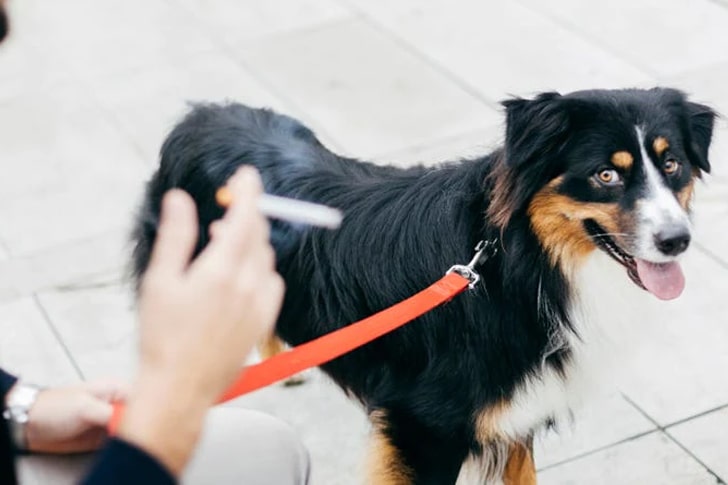
Lighting up around dogs is like blowing smoke rings at their health. Just like humans, dogs exposed to secondhand smoke face increased risks of respiratory problems, lung cancer, and even nasal cancer, especially long-nosed breeds. Their fur traps smoke particles, which they ingest while grooming, leading to oral cancer.
Fascinatingly, dogs in smoking environments often develop allergic skin conditions. Moreover, curious canines might munch on discarded cigarette butts, risking nicotine poisoning. For your furry friend's well-being, it's best to keep their air as pure as their love: free from the haze of harmful smoke.
Next: A sauna danger we might not know.
Leaving Them In Hot Cars
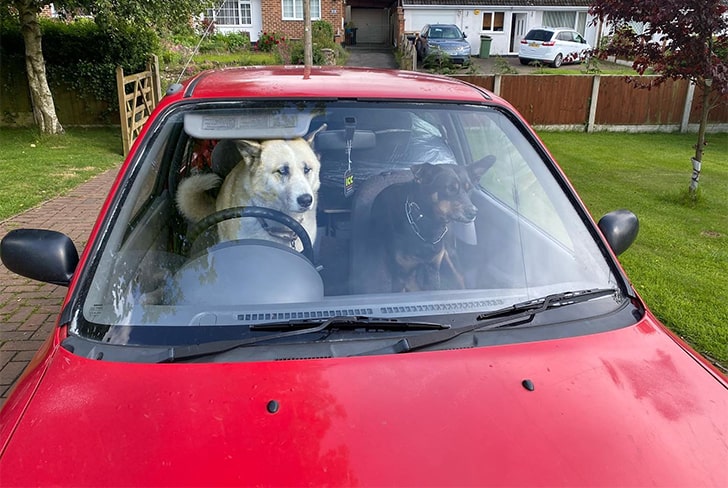
Leaving a dog in a hot car is like putting them in an oven. Cars can heat up rapidly, turning them into deadly traps. Even on a 75°F day, the car's inside can rocket to 100°F in minutes. Dogs can't sweat like humans; they pant to cool down.
In a hot car, they can't regulate their body temperature properly, leading to heatstroke, organ failure, or even death. Shockingly, cracking windows barely slows the heat rise. For the love of our loyal companions, it's crucial to remember: If it's too hot for you, it's a sauna of danger for your dog.
Next: Physical aggression draws the line.
Hitting Them Unnecessarily
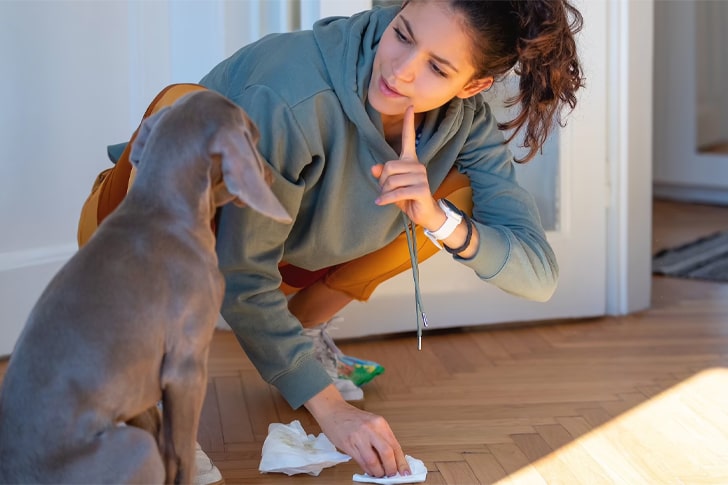
Hitting a dog is a grave misstep in training and bonding. It instills fear, not respect. Physical punishment can increase aggression, anxiety, and distrust in dogs. This fear-based response contradicts effective training, which thrives on positive reinforcement. Dogs learn best through rewards and gentle guidance, not intimidation or pain.
A study compiled by Positively showed that 43% of dogs responded aggressively when hit or kicked, and 26% were affected negatively by being shaken by the jowl or scruff. These physical punishments also damage the special bond between humans and dogs, built on trust and mutual respect.
Next: Cultivating unique safe spaces.
Misusing Doggie Dens

An ideal dog den includes arranging used blankets or old clothes to initiate a bond and familiarity between the dog and the owner. Putting treats and toys will also have the pet associate the space into a positive place, one where they can stay freely at all times. Yet one malpractice with dens is when we transform them into a dungeon.
Some owners might use dens as a timeout corner, misusing it as a punishment spot, which can wreak havoc on a dog's emotions. They start associating the crate with negative vibes, turning their cozy haven into a space of anxiety and dread.
Next: The mysterious nut villain.
Giving Macadamia Nuts as Treats

Though a tasty treat for humans, macadamia nuts are a no-go for our canine companions. These creamy, buttery delights hide a sinister secret: they're toxic to dogs. Just a small serving leads to a world of trouble.
The villain here is unknown, as scientists, unfortunately, have yet to pinpoint the exact toxin responsible for this kind of doggy distress. However, even Sherlock Holmes would agree that avoiding these nuts is best. Symptoms of macadamia toxicity include vomiting, weakness, tremors, and a feverish demeanor. It's a nutty world out there, and our dogs deserve better than a taste of macadamia mayhem.
Next: The cornerstone for quality life.
Skipping the Sniffing Clinic
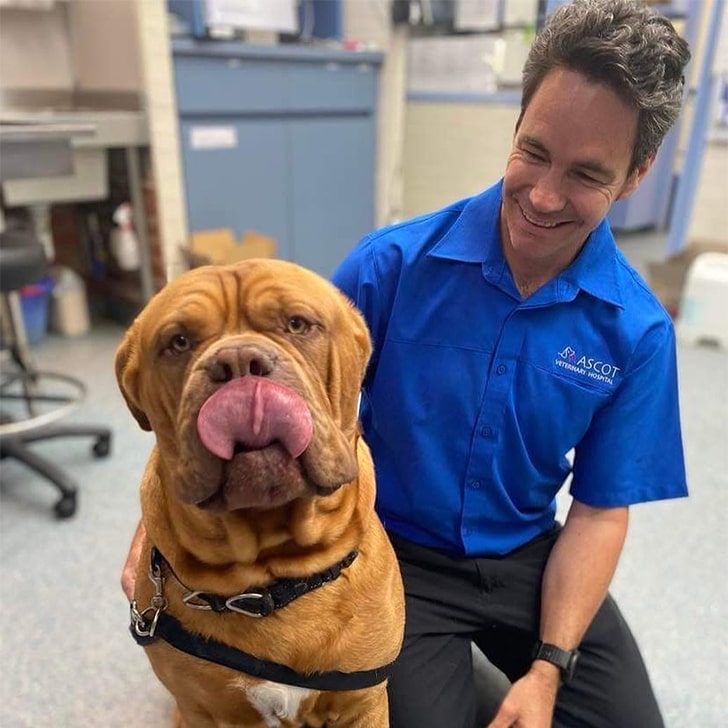
Dodging the vet with your dog is like skipping car check-ups: it may run fine for a while, but trouble's brewing under the hood. Regular vet visits are crucial for preventative care, and catching issues like dental disease or arthritis early. Did you know one in four dogs could develop cancer? Thus, early detection is vital.
Vaccinations, parasite control, and nutrition advice are vet visit staples, for keeping a pup in tip-top shape. Plus, vets can spot subtle signs of discomfort or illness you might miss. Vet visits are the cornerstone of a long, healthy life for a tail-wagging companion.
Next: Do they prefer structure or leniency?
Implementing Lax Leadership
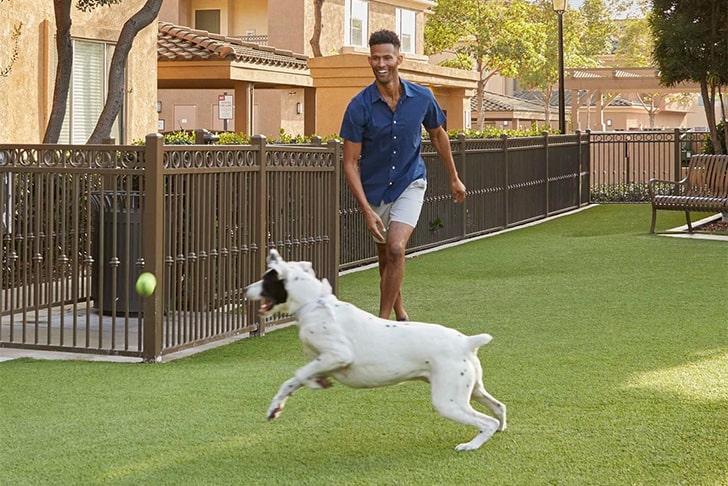
Think of kids running in a candy store: pretty chaotic, right? Being overly lenient with dogs is kind of like the same thing! Dogs thrive on structure and predictability. It gives them a sense of security and understanding of their place in your world. They can develop behavioral issues, like excessive barking or chewing, without clear boundaries and rules.
Consistent routines and commands create a balanced environment for learning, playing, and relaxing. Plus, structured training strengthens the bond, building mutual trust and respect. In the canine world, a little discipline goes a long way in raising a happy, well-mannered pup.
Next: Staring contest is ruff.
Staring For Too Long

Locking eyes with a dog isn't the staring contest you want to win. In dog language, sustained eye contact is more of a challenge than a friendly gaze. It can be perceived as a threat or a dominance play, potentially making them uncomfortable or even aggressive. Dogs communicate through body language, and a direct stare can be misread as confrontational.
To foster trust, try a sideways glance or a brief look. This respectful approach says, "I come in peace," in doggy dialect. So, next time you're tempted to engage in a stare-down with a pooch, it's not just rude; it's "ruff!"
Next: Balancing love and strictness.
Giving Them Mixed Signals
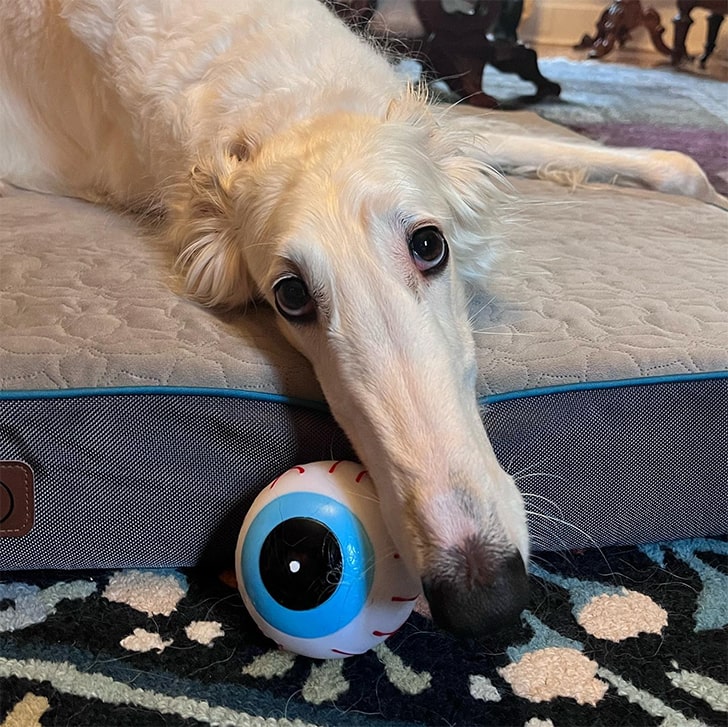
Showering your dog with affection right after they've misbehaved is not an ideal thing to practice, as it sends mixed messages. When they give those big, sad eyes after being naughty, it is quite tempting to melt and offer cuddles. However, this can confuse them since you’re blurring the lines between acceptable and unacceptable behavior.
Consistency is key in dog training; rewarding good behavior and being firm (but gentle) about the bad helps them understand expectations. They thrive on clear communication, and while love and affection are important, they need to be timed right to effectively teach them right from wrong.
Next: Who should be the pack leader?
Letting Them Do The Pulling

Letting the dog pull you during walks is the same as letting a co-pilot steer the plane. Imagine how topsy-turvy that approach looks like. When dogs take the lead, it is not just a physical strain; it symbolizes a lack of leadership in their eyes. According to Dog Breed Info, dogs crave structure and order, and they look for the strongest-minded to be their leader, and human guidance is the way to go.
Allowing them to lead creates a sense of dominance, leading to unruly behavior. Training them to walk beside or behind establishes the owner's role as the pack leader, making walks more enjoyable and controlled.
Next: Not all collars are the same.
Assuming All Collars Are The Same

Choosing the right collar for your dog is crucial, it's like picking the perfect pair of shoes. Too tight, and it's uncomfortable; too loose, and it's ineffective. Choke collars, particularly, are a no-go. They can cause physical harm, anxiety, and a lot of stress, leading to behavioral issues.
A well-fitted collar should allow for two fingers to slide comfortably underneath, ensuring it's snug but not constricting. Remember, the collar is not just a leash attachment, but a constant companion around the dog's neck. The right one balances control, comfort, and safety making it an essential tool in a pup's well-being toolkit.
Next: How do they react to heat?
Walking Them On Scorching Surfaces
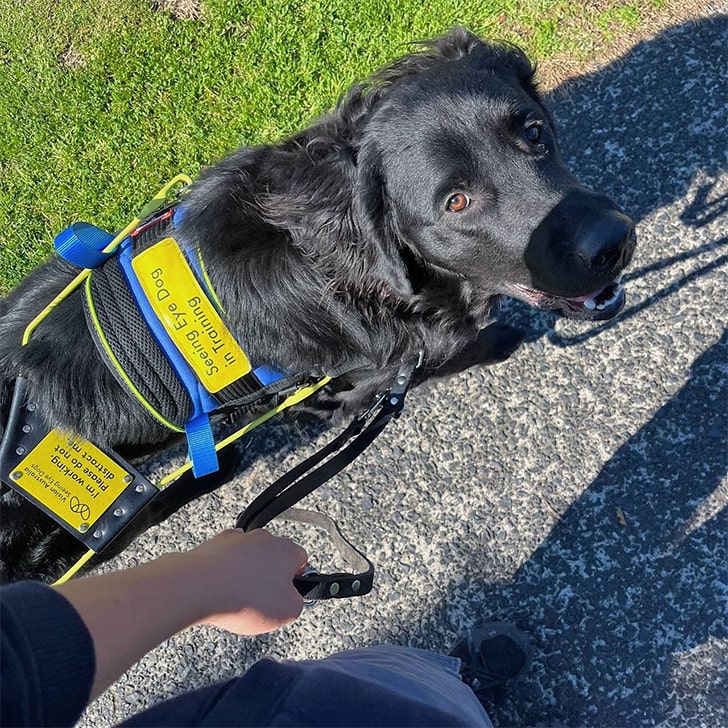
Taking dogs for a walk on hot concrete is like walking barefoot on a sizzling skillet: ouch! Dogs' paws are sensitive and can burn on scorching pavements, which heat up quickly under the sun. On a hot day, concrete can heat up to a temperature much higher than the air, posing a risk of painful burns and blisters on paw pads.
A good rule of paw: place your hand on the pavement for 5 seconds. If it's too hot for you, it's too hot for your furry friend. Morning or evening walks when it's cooler or sticking to grassy paths might be great alternatives.
Next: Forgetting the basics.
Forgetting Their Water Supply
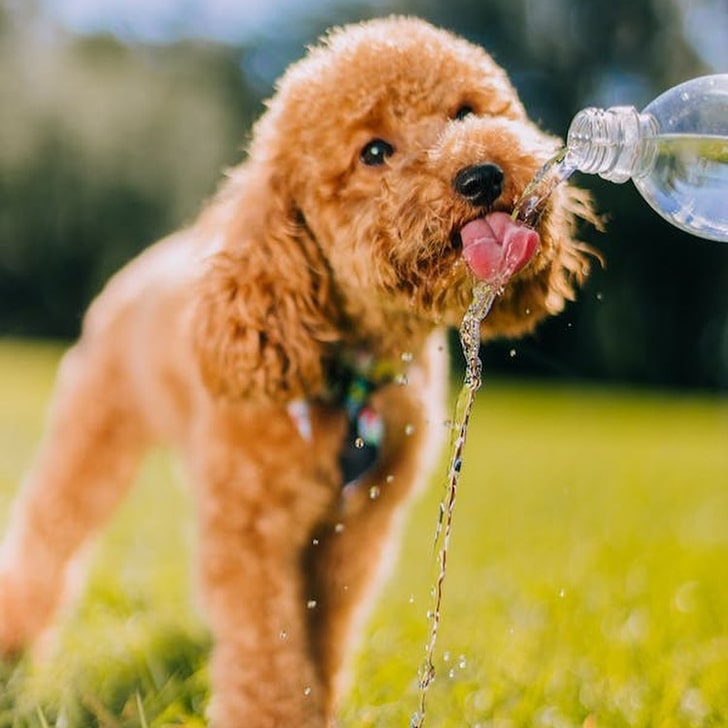
Forgetting to give dogs their constant water supply is as struggling as forgetting your mobile phone at home. Water is as vital for dogs as it is for us, making up about 70% of their body weight. It regulates body temperature, aids digestion, and flushes toxins. Dehydration in dogs can lead to serious health issues, including painful kidney stones and organ failure.
Plus, they can't sweat out excess heat; they pant to cool down, losing moisture. Ensure your furry friend has constant access to fresh water, keeping them hydrated, happy, and ready for whatever adventure or cozy nap comes next.
Next: Summers have warning signs, too.
Taking That Summer Shave
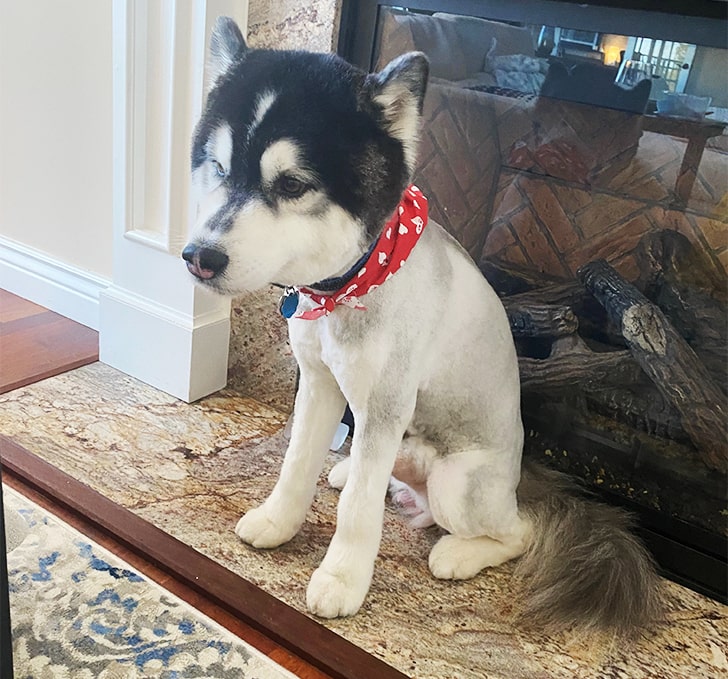
Thinking of shaving your fluffy dog for summer? Hold those clippers! A dog's coat is more than a fashion statement; it's a built-in climate control system. Their fur protects them from the sun's harsh rays, preventing sunburn and overheating. Shaving can strip away this natural sunblock, leaving their skin vulnerable.
Their coat also provides insulation, keeping them cool by regulating body temperature. Regular grooming to remove loose fur and mats ensures their coat works effectively. So, before going for a summer shave, remember that a dog's fur is their first line of defense against the sizzling sun.
Next: More than just a beauty routine.
Overlooking Grooming Schedule
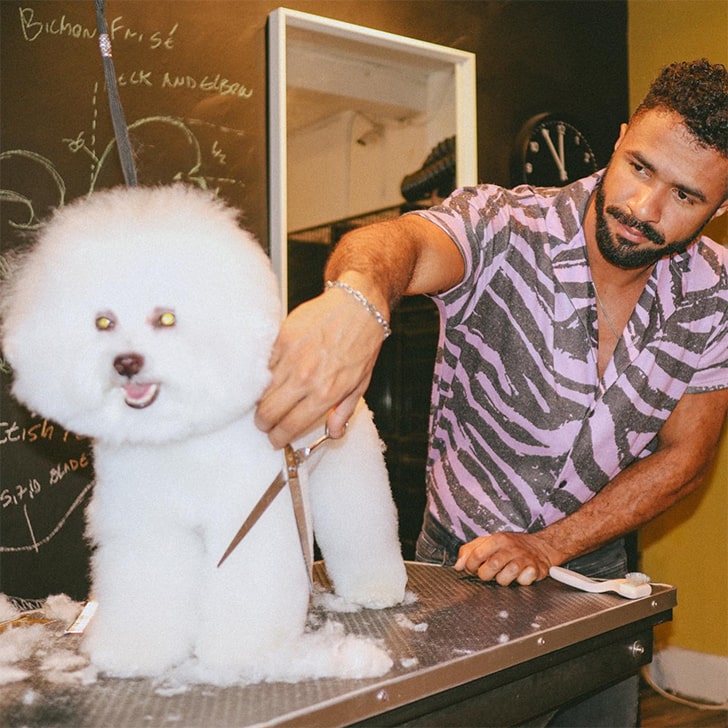
Imagine your dog as a ship sailing the high seas of dirt, shedding, and outdoor adventures. Now, picture that ship without a captain to steer it back to shipshape condition: that's what happens when grooming is overlooked. Without regular grooming, a dog's coat becomes a tangled mess of mats, housing unwanted guests like fleas and ticks.
Grooming isn't just a beauty routine; it's a voyage into maintaining your pup's health, ensuring they're clean and shipshape. The grooming process also allows the professional groomer to detect bumps, lumps, and skin irritations, as initiated by Portroyal Veterinary Hospital.
Next: How tiny issues get big!
Turning Tiny Fleas Into Big Problems
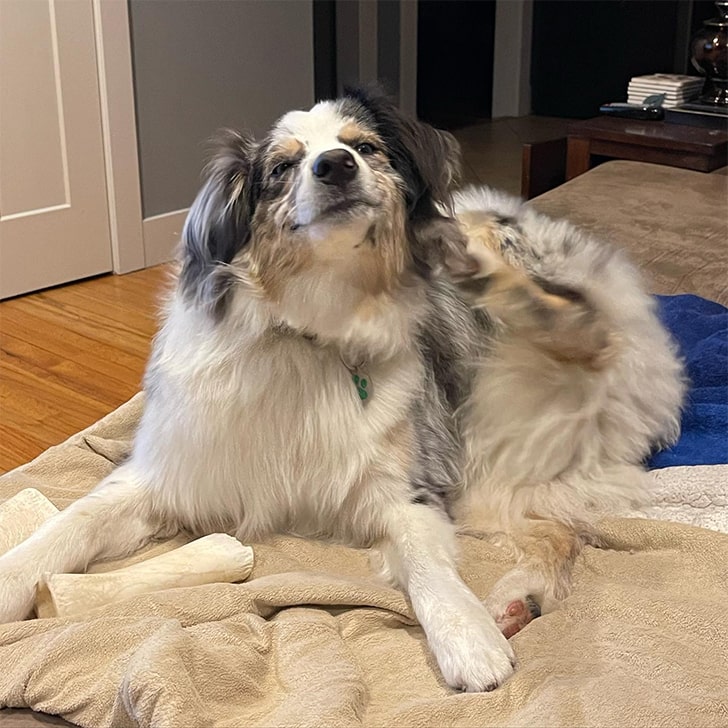
Skipping a dog's flea treatment is like leaving the door open for tiny, uninvited guests. Fleas are not just a nuisance; they're a health hazard. These minuscule pests can cause severe itching, allergies, and skin infections in our furry friends.
Fleas also act as tapeworm carriers and can even lead to anemia in severe infestation cases. Even a single flea can bite up to 400 times a day! Thus, regular treatment keeps these tiny critters at bay, ensuring a dog's comfort and well-being. It's a small step in pet care with a big impact on their health and happiness.
Next: Transporting pups the right way.
Letting Them Sleep In Trucks
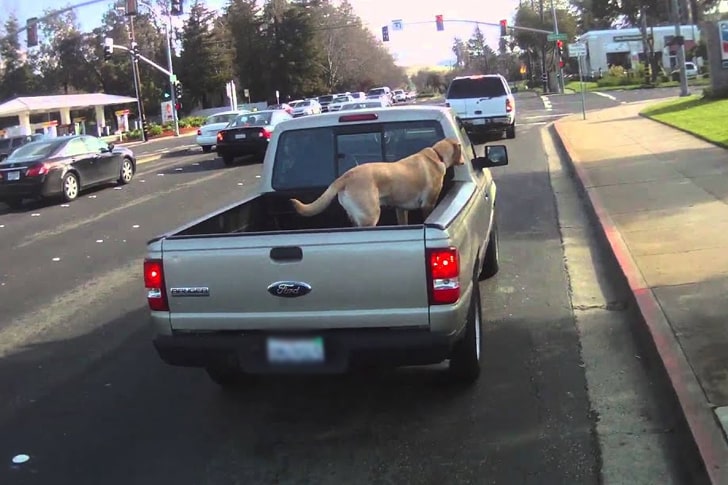
Transporting a dog in a truck bed is a gamble with their safety, akin to sending them on a rollercoaster without a seatbelt. The open bed exposes them to the elements, road debris, and the risk of ejection in sudden stops or accidents. Dogs in truck beds are also vulnerable to distractions, which could lead to dangerous jumps or falls.
Moreover, the metal surface can heat up or become icy, posing a risk to their paws. Ensuring a dog travels inside the vehicle, secured in a crate or with a harness, is the safer route to go; it's like their personal safety bubble on wheels!
Next: The secret to a pain-free stroll.
Letting Those Nails Grow Long
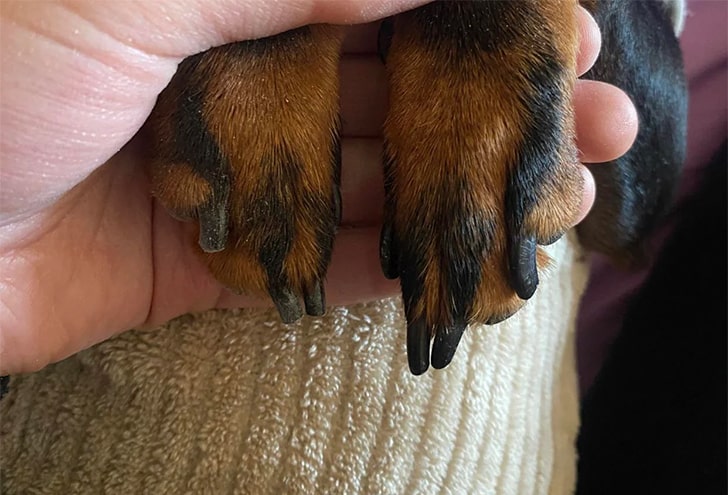
Forgetting to trim a dog's nails is like ignoring a ticking time bomb for their comfort. Long nails can cause pain and lead to an awkward gait, affecting their posture and joint health. In the wild, dogs wear down their nails naturally, but in the cushy world of soft carpets and couches, we need to lend a helping hand.
More importantly, we must know that dog nails need nerves and vessels to facilitate healthy growth and overall wellness. Letting the nails grow long or not cutting them properly affects their nerves and blood vessels, resulting in pain, bleeding, and further complications.
Next: Blocking their mouth.
Abusing Use of Muzzles
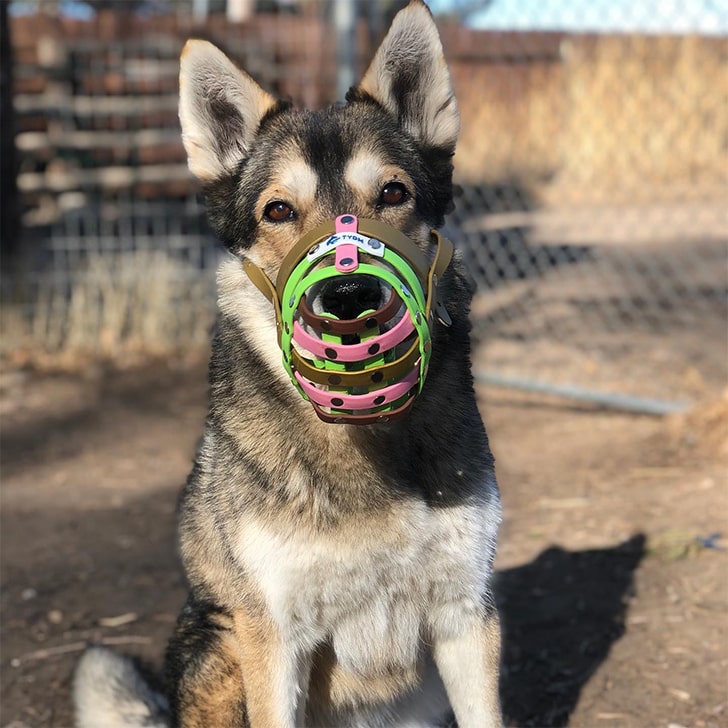
While muzzles are necessary for certain aggressive behaviors or medical situations that your furry friends might go through, using them for quieting can cause anxiety and discomfort. It is actually a silencing tool, like a tape over a person's mouth, causing stress. Dogs communicate through barks and facial expressions, and muzzles restrict this natural behavior. Prolonged use can lead to chafing or even injury.
This also prevents dogs from doing essential activities like drinking water, panting, and vomiting. Remember, muzzles are a temporary solution, not a permanent gag. Understanding and addressing the root cause of barking is a kinder and more effective approach.
Next: Not all creamy goodness is good.
Introducing Them to Avocados
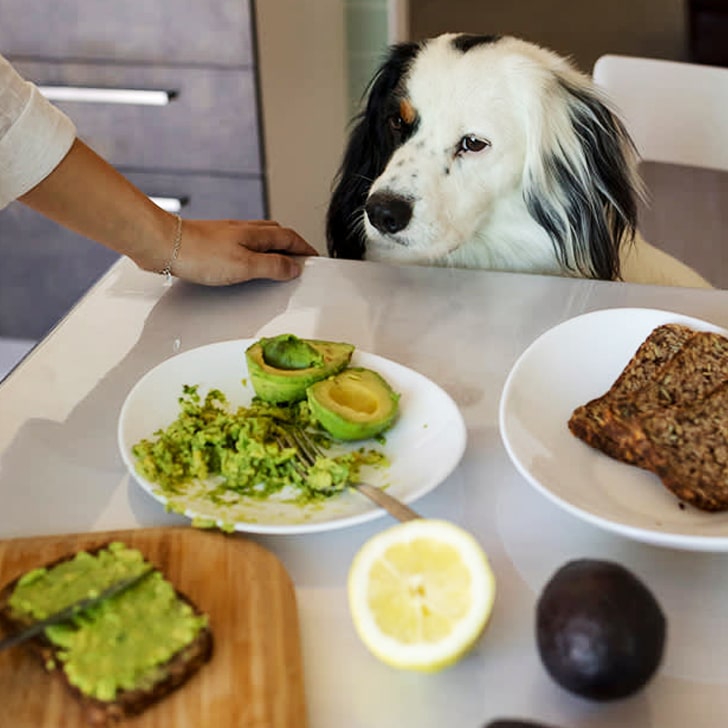
Avocado toast may be all the rage for brunch-loving humans, but for our four-legged pals, avocados are a big no-no. The culprit is a substance called persin, found in various parts of the avocado, which can wreak havoc on a dog's digestive system.
Interestingly, avocados hail from Central and South America, where they were cherished by the Aztecs, who called them "ahuacatl," meaning "testicle" due to their shape. Despite their ancient appeal, avocados can spell disaster. Persin can lead to tummy trouble, vomiting, and even pancreatitis. So, while you savor the creamy green goodness, remember to keep avocados away from our furry friend's plate.
Next: Save yourself from communal stress!
Running Loose in the Neighborhood
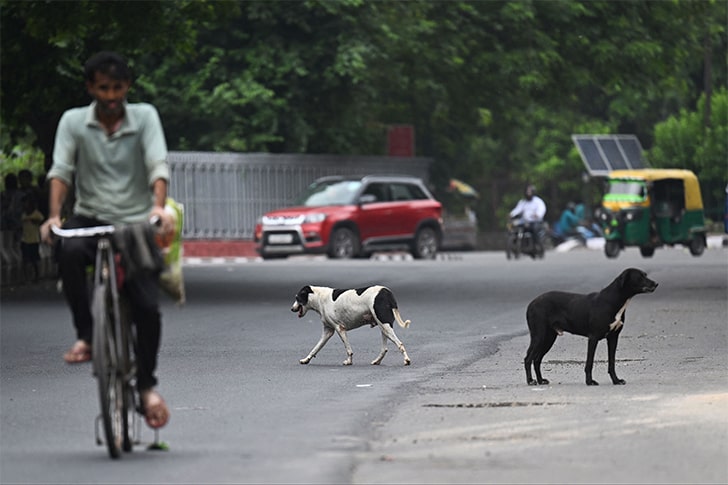
We are just going to address this straight: letting dogs roam free in the neighborhood is risky and irresponsible. Unsupervised, dogs can get into dangerous situations, like traffic accidents or fights with other animals. They might also scare or even harm unaware pedestrians, potentially leading to legal troubles for the owner.
Plus, free-roaming increases the risk of your dog contracting diseases or getting lost. They are curious explorers, but their safety net lies in responsible ownership. Keeping them on a leash or in a secure area not only protects them but also respects the community's safety and peace of mind.
Next: Overlooked health care routine.
Forgetting Tick Checks
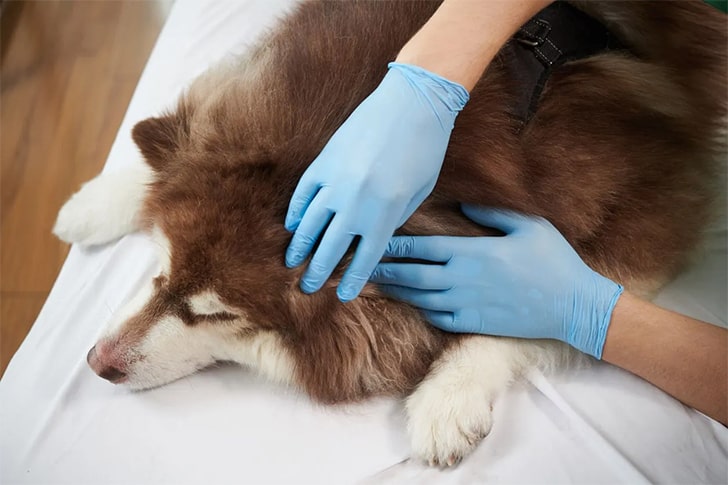
Checking your dog for ticks is a crucial step in their health care routine that should never be neglected. Ticks are sneaky pests, latching onto dogs during outdoor adventures or even in the backyard. They're not just a nuisance; they're carriers of diseases like Lyme disease, which can cause serious health issues in dogs.
Regular checks, especially after walks in grassy or wooded areas, are vital. Ticks hide in less visible spots like under the collar, ears, and between toes. Prompt removal of these pesky parasites is key to preventing tick-borne illnesses, and keeping furry friends healthy and happy.
Next: Does raising your voice benefit pups?
Shouting and Raising Your Voice
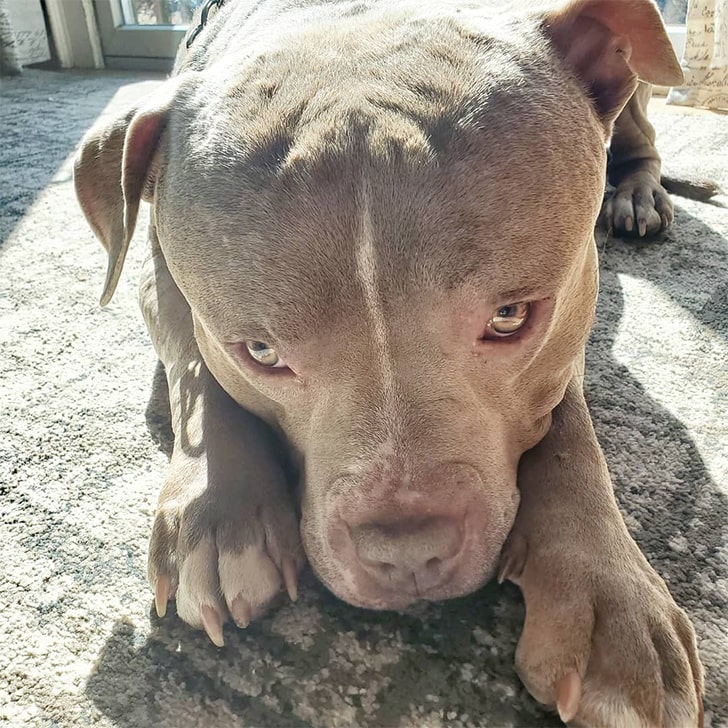
Yelling at dogs can be ineffective and damaging. While they may not understand our words, they certainly grasp human tone and volume. Loud, angry voices can instill fear, anxiety, and confusion in them. This fear-based response often leads to more behavioral issues, not less.
Many studies show that dogs respond better to positive reinforcement and calm, assertive commands. When we shout and let our negative emotions take control, we lose our status as a calm leader in their eyes, which is crucial for effective training and trust. So, lower the volume and opt for a firm yet gentle approach for a happier, well-behaved pup.
Next: When toys become digestion issues.
Providing The Wrong Chewing Toys
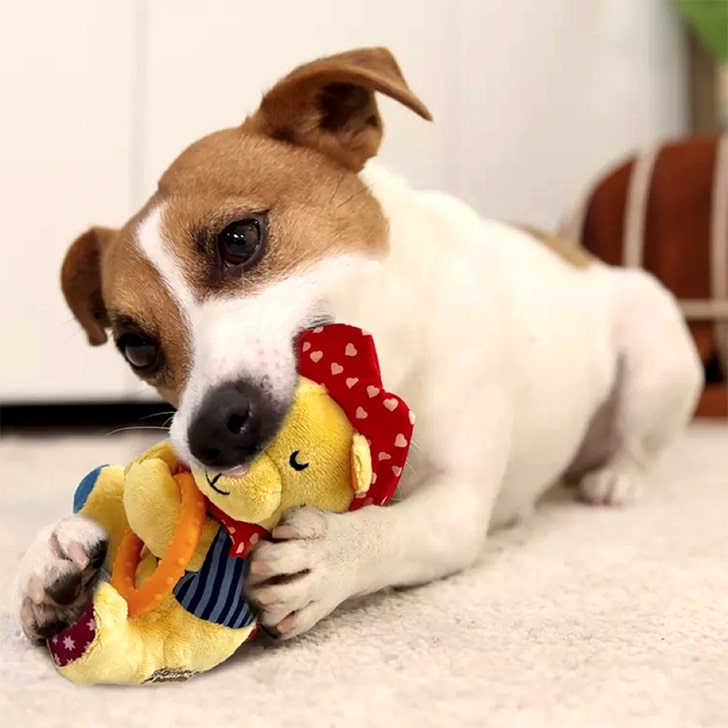
Toys are for play, not for lunch! When dogs ingest toy pieces, they risk choking or developing intestinal blockages, which can be life-threatening and often require surgery. Even toys marketed as 'indestructible' can be torn apart by determined chewers.
Thus, regularly inspecting dog toys for signs of wear and tear and removing any damaged ones are crucial. Preventive Vet also offered a helpful tip: when buying a toy, choose the best rubber chew that is firm enough not to get destroyed yet soft enough not to cause tooth damage. It might be easier said than done, but its purpose lies in both entertainment and enrichment.
Next: Missed that vaccine schedule?
Missing Their Shot of Protection
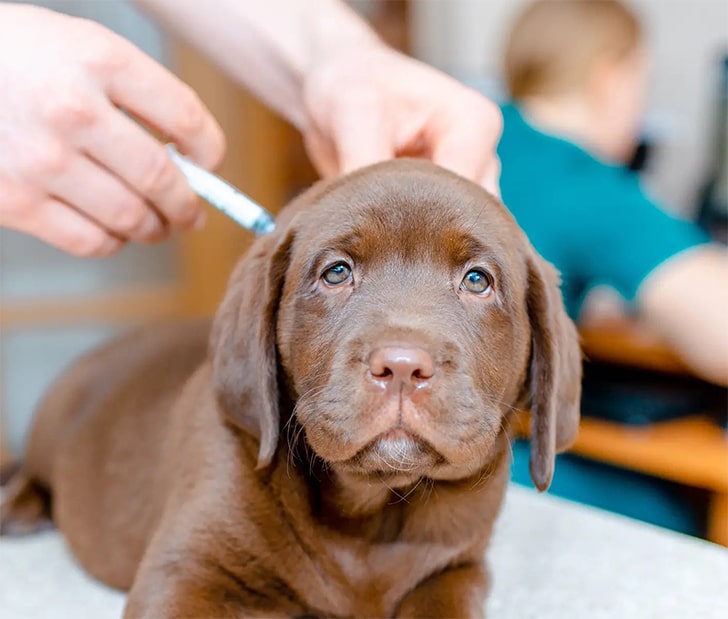
Skipping dog vaccinations is like leaving them in a rainstorm without an umbrella: unprotected and vulnerable. Vaccines shield dogs from various serious diseases like rabies, distemper, and parvovirus, which can oftentimes be deadly. Vaccination not only protects but also creates herd immunity, safeguarding other pets and even humans from certain diseases.
Regular vaccinations are essential, especially in puppies, who are more susceptible to infections. Some vaccines even prevent certain illnesses that can be transferred to humans, such as leptospirosis. Thus, keeping up with their vaccination schedule is a key part of responsible pet ownership, ensuring a healthier, happier life together!
Next: The red zone of health risks.
Feeding Them Breed of Tomatoes
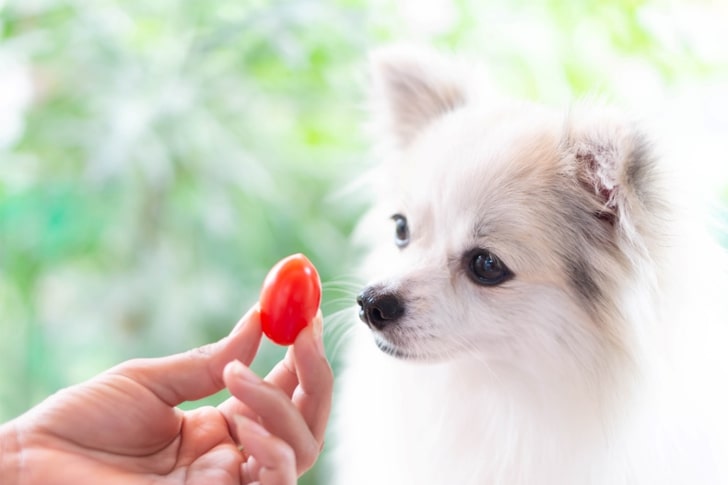
Serving up tomatoes to our dog adds a splash of danger to their diet. While ripe tomatoes are generally safe in small amounts, the green parts of the tomato plant contain solanine, a toxin harmful to dogs. This substance can cause solanine toxicity, leading to gastrointestinal upset, lethargy, weakness, and in severe cases, heart problems.
Processed tomato products like sauces and ketchup often contain additional ingredients that are not pet-friendly. To keep your furry friend out of the red zone of such health risks, it is best to keep tomatoes and their derivatives off their menu as much as possible.
Next: Can their fur truly protect them from the cold weather?
Leaving Them In The Cold
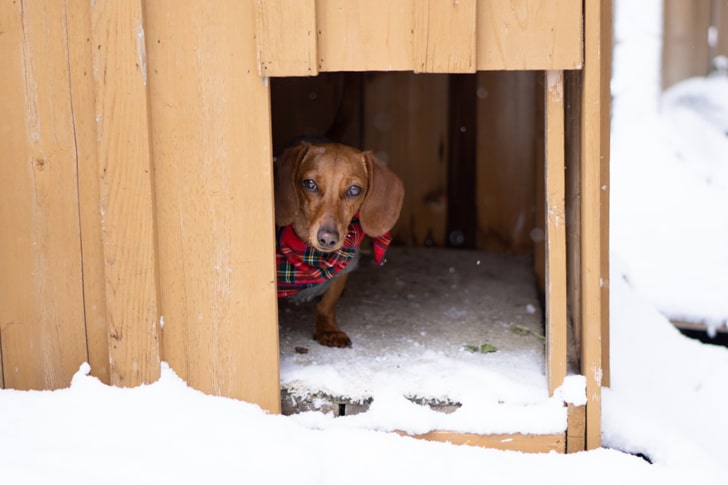
Leaving dogs out in the cold is like forgetting your coat on a snowy day; it is uncomfortable and potentially dangerous. Dogs can suffer from hypothermia and frostbite, just like humans, especially on their paws, ears, and tails. While some breeds are more cold-tolerant, many are not equipped for freezing temperatures. Extended exposure to cold can lead to joint pain and respiratory issues.
It's a myth that dogs are immune to cold weather due to their fur. Providing a warm, sheltered area during colder months is essential for their well-being. Again, if it's too cold for you, it's likely too cold for them!
Next: The sour deal for the stomach.
Giving Out A Citrus Menu
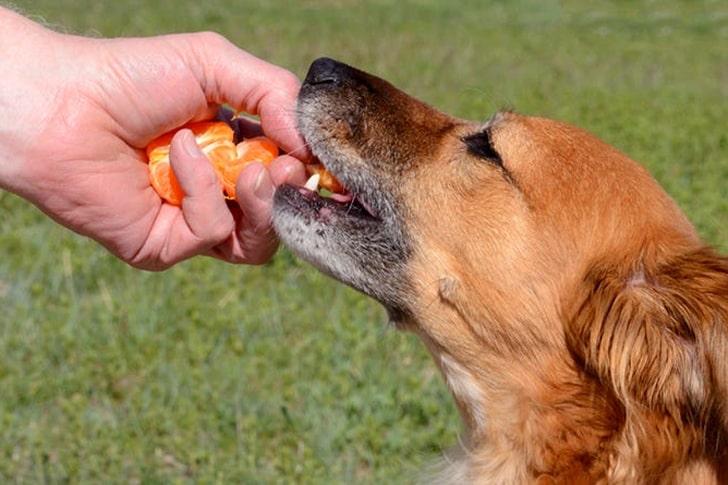
As colorful as it sounds, feeding citrus fruits to dogs is like giving them a sour deal, and it's not in their best taste or interest. Citrus, including oranges, lemons, and grapefruits, contains citric acid and essential oils that can upset the stomach. Ingesting large amounts can lead to more severe issues like central nervous system depression.
The tangy aroma might even be enticing, but even the peel, leaves, and seeds are toxic. While a small slice of orange might not harm, it's best to avoid citrus altogether to keep their tails wagging without tummy troubles. Stick to dog-safe fruits for a sweet, healthy treat!
Next: A precaution worth every crumb.
Raw Dough
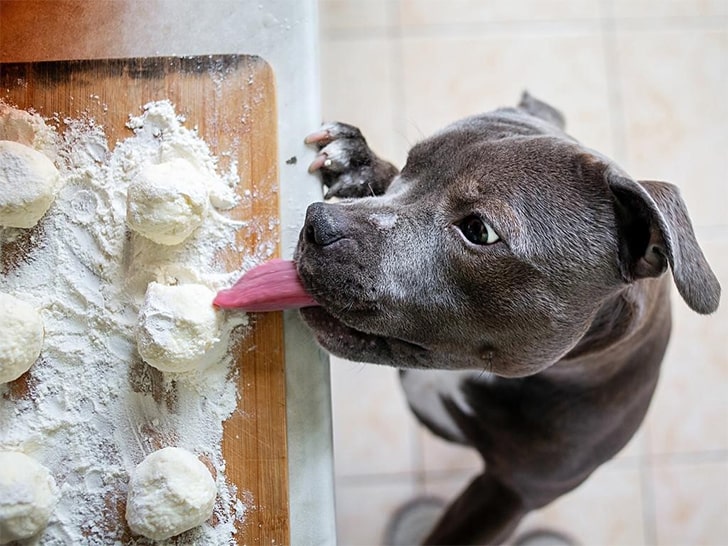
Feeding yeast dough to dogs is a recipe for disaster. When dogs ingest raw dough, the yeast continues to rise in the warm, moist environment of their stomach. This fermentation process not only causes painful bloating but can also make their bodies produce alcohol, leading to alcohol poisoning.
Symptoms include disorientation, vomiting, and, in some severe cases, seizures or even coma. While baked bread is generally safe when given in moderation, raw dough is a big no-no. To keep the pup's tail wagging and belly safe, ensure any bread treats are fully cooked and yeast-free: a precaution worth every crumb!
Next: Sunscreens are not just for humans.
Not Applying Sunscreen

Ever skipped sunblock on a hot, sunny day at the beach? It might be a surefire way to sunburn, so just imagine our furry pets going through that process! Dogs, especially those with short or light-colored fur, are susceptible to the sun's harmful UV rays. Areas with less fur, like noses and ear tips, are particularly vulnerable.
Sunburn in dogs can lead to discomfort, peeling skin, and, in severe cases, skin cancer. Using pet-safe sunscreen can prevent these risks, especially during long outdoor adventures. Also take note that not all human sunscreens are dog-friendly, as some contain toxic ingredients, so choose carefully.
